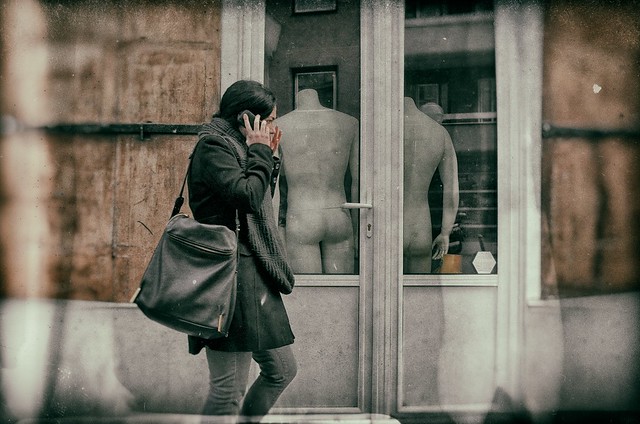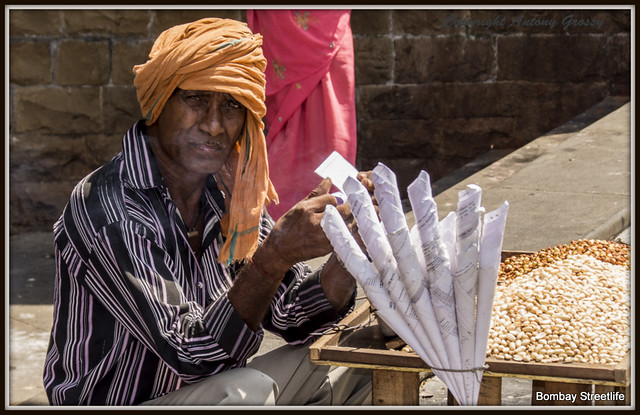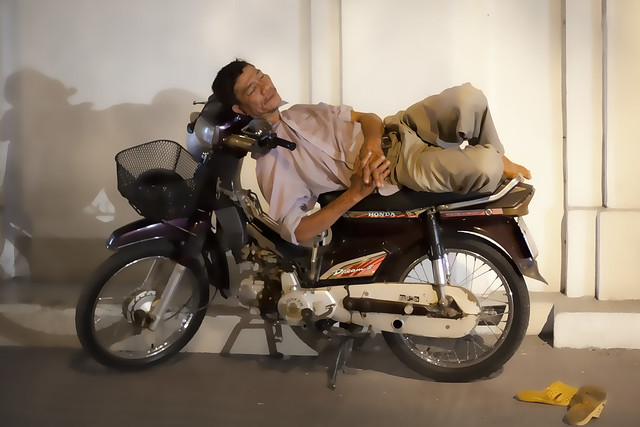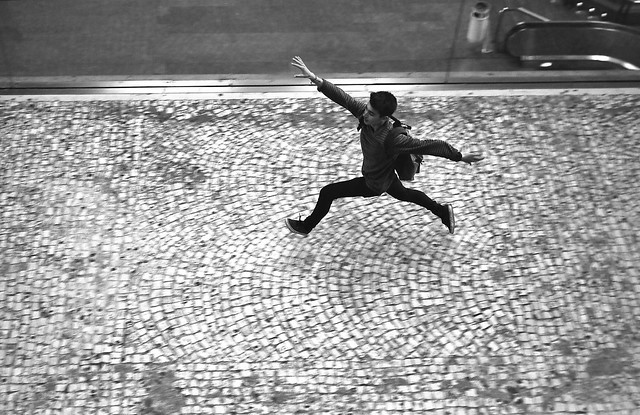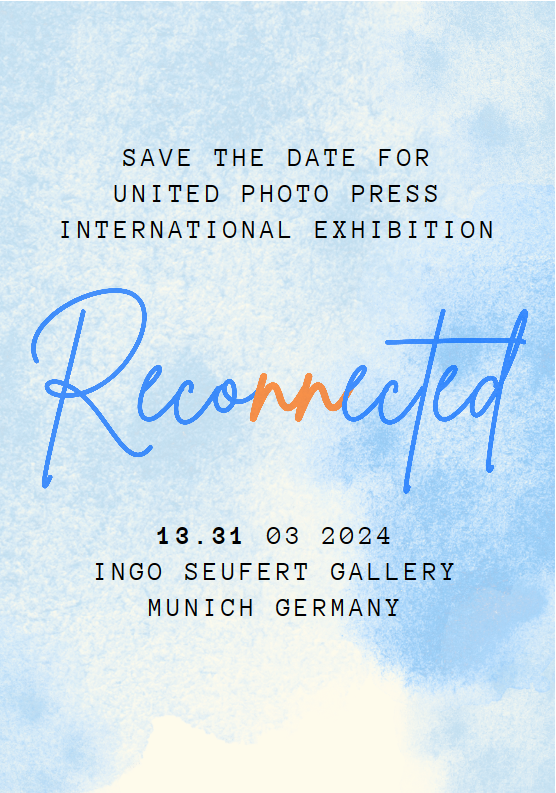I recently had the opportunity to visit the British Airways i360 – a new and unique tourist attraction in the city of Brighton and Hove. Designed and conceived by David Marks and Julia Barfield of Marks Barfield Architects, the same team behind The London Eye; the i360 features a 4-metres in diameter wide tower and a round doughnut-shaped glass viewing pod which slowly ascends to a height of 450ft (138m) and back down again so visitors can enjoy 360-degree views of Brighton, the South Downs and beyond.
Accommodating up to 199 guests, each flight lasts for approximately 25-minutes which is just about enough time to enjoy a drink from the Nyetimber SkyBar… yes, there is a bar onboard.
You can read my introductory post about the British Airways i360 here; but today I wanted to solely focus on my experience as a customer.
Like all attractions, the i360 allows for customers to book online in advance (or by phone) and avoid the queues at the box-office. On the day, tickets cost £15 for adults and £7.50 for children. However, if you purchase your ticket at least three-days in advance online; you’ll save an additional 10%. Local residents (like me) are able to pay a £1 to join an annual-membership scheme; which entitles the holder to half-price tickets (excluding peak times), but it’s well worth it.
Arrival
Once you’ve bought your tickets from the box-office or have shown up with an e-ticket; you can head straight to the ticket-holders queue. Depending on the time of day you visit, there may be a queue; just think of it like queuing up to check-in at the airport. It’s worth noting that Priority Tickets are available for £25; which allows you to skip the queue to pass through security and receive a guidebook (worth £6.99). It’s really hit and miss on whether forking out the extra £10 for the service is worth it – seeing as all it does is fast-track you through security and does not include priority boarding onto the attraction itself. You’d be pretty annoyed if you booked for priority and turned up to find there is hardly anyone in the main queue waiting to go through security.
Security
Being a new and iconic visitor attraction, security at the British Airways i360 is very strict. It’s basically the same as passing through the airport and consists of a bag check and a wand being waved around you. Here’s the text from the i360’s website:
Articles which could cause injury, damage or annoyance such as a weapon, firework, a smoke bomb, a glass bottle, a flammable liquid (including cigarette lighters), an air horn, or an explosive device;
Articles which may be used to cause damage such as cutting implements, marker pens, or paint amongst other things;
Banners or flags; or
An item which may be deemed to aid climbing up the tower or any other structure.
Some people may think the prohibition of cigarette lighters is a little over-the-top; but I actually don’t mind it. When you pass through security, you might see loads of plastic boxes where visitors surrender their lighters before entering the attraction. I’d be intrigued to know just how many people forget to pick-up their lighters and other belongings after their “flight”.
Once you’ve found your way through security, you’ll be greeted by photographers who will try to get you to smile for a few fun green-screen photos. You are able to view these after your flight and purchase these if you wish. The actual photographs themselves are very good and I love the different backgrounds available. It’s not cheap, but I thought they were fun and a lovely souvenir.
Waiting to board
After the photograph, you’ll emerge onto an expansive “Boarding Deck” which is complete with BA i360-branded deckchairs, and a few circle-shaped benches. Depending on when you visit you may spend anything from 20-45 minutes in this area, which is all outdoors with no cover… just be prepared as the good old British weather can be very unpredictable. Fortunately I visited on a relative sunny day with light winds, so relaxing on a deck chair watching the pod travel up and down before me was pretty impressive.
Once the pod doors had closed on the flight before mine; I was able to enter a cordoned-off area where guests whom are on the next flight are invited to wait. The time seemed to pass fairly quickly and I spent most of it taking a few snaps of the skeleton of the iconic West Pier out at sea, and of the mirrored-bottom of the pod. Once the pod had glided back down to the ground and disembarked passengers below, it eventually made its way back up to the Boarding Deck and it was finally my time to board.
Once the gates open, everyone seems to rush to get onboard and find a good spot. The majority of people are courteous, but there are a few who do unfortunately spoil the experience for others.
First Impressions
From far away, the glass-pod looks very small and you think to yourself that there is no-way 199-guests can be accommodated at any one time. But as you get closer, you realise it’s actually quite big. Think of it like a tardis. Inside, there is plenty of space for everyone; with a lot of space, bench-style seating around the middle, and the SkyBar. More on that soon.
I received a very cheery hello from one of the crew-members at the door who looked very smart in their BA uniforms. It’s worth noting that the staff at the i360 do not actually work for British Airways; but the airline are sponsoring the attraction for the first five-years. It’s a mirror of The London Eye as the premium airline sponsored the attraction when it first opened too.
The Experience
Once everyone was onboard, the doors promptly closed and after a welcome announcement it was lift-off! Everyone “Ooohed and Aaahed” as the pod started to begin it’s ascent. Travelling at 0.4 metres per second is by no means fast, but the journey was ever so smooth. At about the halfway mark, the view really does come into it’s own. Admittedly there is not much to see to the South (other than the Rampion Wind Farm which is currently under construction), but to the West you can spot the Isle of Wight on a very clear day, and Beachy Head to the East. Views to the North provide a birds-eye view of just how much the city of Brighton and Hove has transformed over the decades. Nestled amongst the high-rise buildings you might be able to spot the elaborate architecture of The Royal Pavilion and parts of The Lanes; which is home to a variety of quirky and independent shops.
The SkyBar serves a limited selection of beverages, all of which are produced locally… something which I thought was great. Beverages include Nyetimber Sparkling Wine at £10 a glass, Brighton Gin and Tonic at £8.50, a 330ml can of Harvey’s Best Sussex Bitter at £4.50, and Wobblegate Apple Juice, and South Downs Still or Sparkling Water at £2.50 a bottle. The prices may seem steep, but you have to remember you are a captive audience in a unique venue. It’s worth noting that the SkyBar closes as the pod begins it’s descent as drinks cannot be taken off the pod at the end of the journey.
There is no commentary during the experience, apart from a hello and goodbye announcement. Guests are encouraged to download the BA i360 app on their smartphone (there is free wifi). The app includes information on many of the landmarks you are able to see, along with a fun game for kids too. Alternatively, you can purchase a souvenir guidebook for £6.99.
After about eight minutes at the top on my daytime flight, we made our descent and eventually disembarked on the lower lever into a gift-shop. There’s a surprise. The array of merchandise for sale wasn’t actually too bad – and it was nice to see that local artists have been given the opportunity to showcase their crafts too.
Overall
The British Airways i360 is a great experience which I really did enjoy. Being a new attraction, there were a few teething issues along the way and some things which I feel could be improved; but I am sure with time everything will be perfect. At £15.00 per adult, it isn’t cheap – but in my mind, it’s an attraction which you should experience at least once.












